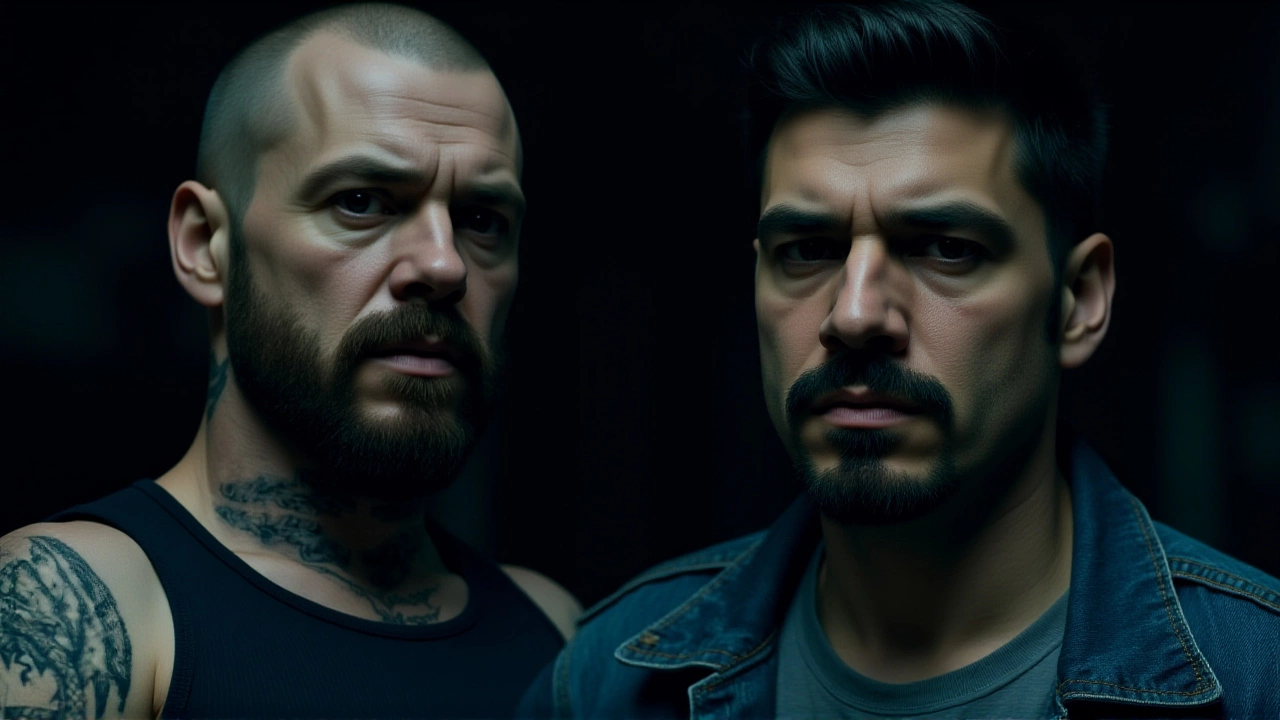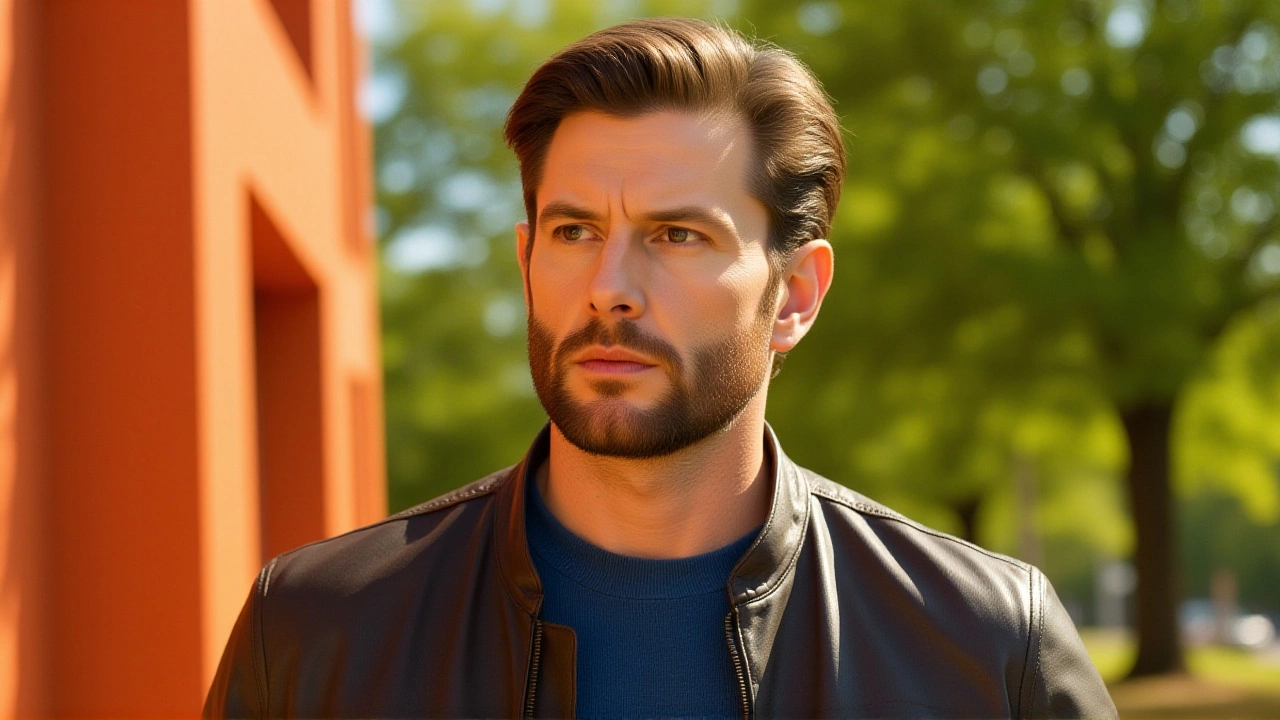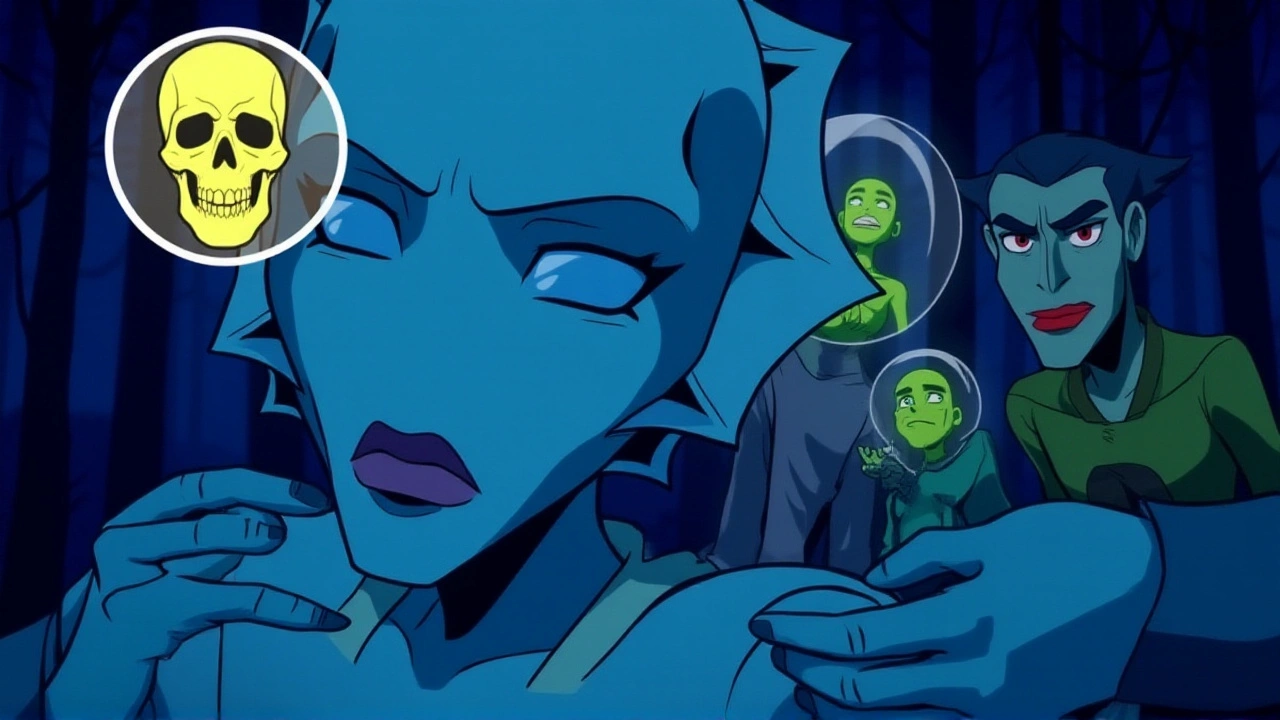When James Gunn wrapped up the first season of Creature Commandos on MAX on January 9, 2025, he wasn’t just ending a seven‑episode run – he was closing the war in the fictional nation of Pokolistan and laying a breadcrumb trail for the entire DC Universe. The episode, titled “A Very Funny Monster,” served as the finale for DCU: Chapter 1 “Gods and Monsters,” and it managed to blend high‑stakes action with a gut‑wrenching backstory for one of its most enigmatic monsters.
Background: DCU Chapter 1 and the Rise of Task Force M
DC Studios, co‑headed by Gunn and Peter Safran, launched the new DCU with a bold experiment: an animated anthology that would introduce obscure heroes before the live‑action slate kicked off. Task Force M, the secretive squad of incarcerated monsters, was the centerpiece of that experiment. The team—comprised of a resurrected Rick Flag Sr. (played by Frank Grillo), an alcoholic Eric Frankenstein (David Harbour), the shape‑shifting Bride (Indira Varma), and the water‑born Mermaid, Nina Mazursky—was assembled by Amanda Waller for missions humans were too scared to attempt.
Episode 7 Plot: The Battle in Pokolistan
The final showdown erupts in Pokolistan’s capital, where Princess Ilana Rostovic (portrayed by Maria Bakalova) sits on a throne of blood‑stained promises. According to a vision delivered by the sorceress Circe, the princess would trigger World War III, prompting Waller to green‑light a hit. Task Force M storms the palace, but the mission quickly sours when Flag and Frankenstein discover that Circe’s prophecy might be a fabricated pretext. The moral knot tightens: are they assassinating a future threat or a scapegoat?
During the chaos, the Bride—still grappling with her own fragmented humanity—faces Rostovic head‑on. In a brutal exchange, the princess’s blue‑glowing eyes hint at latent meta‑human powers, but the episode never fully explains how she acquired them. Clayface, a gelatinous adversary turned reluctant ally, meets his end in a spectacular splash that leaves viewers wondering whether his death was inevitable or simply convenient plot‑fuel.
Nina Mazursky’s Tragic Origin Revealed
The episode’s emotional core lands squarely on Nina Mazursky, voiced by Zoë Chao. Born with lungs that never fully formed—essentially floating in a liquid matrix—her father, scientist Edward Mazursky, crafted a life‑support device that kept her alive long enough to become a combat asset. The flashback, rendered in muted blues, shows a newborn clamoring for air while a frantic Edward frantically connects tubes and monitors. It’s a heartbreaking visual that makes her eventual death at Rostovic’s hands sting even more. The scene not only humanizes a monster but also underscores Gunn’s knack for giving obscure characters a ‘soul’ before they get ripped apart.
After the Princess plunges a blade into Nina, the Bride retorts with a bullet that shatters the princess’s skull—ironically, the only major character who stays “bloodless” ends up with a clean shot to the head. Critics have dubbed this twist both “ironic” and “deeply unjust,” arguing that the show punished a character for a crime it never actually committed.

Character Motivations and Moral Dilemmas
What makes episode 7 more than just an action set‑piece is the tangled web of motives. Amanda Waller operates on the assumption that the world needs a “last, worst option.” Yet her intel—filtered through Circe’s vague prophecy—appears flimsy. Flag and Frankenstein’s discovery of altered timelines forces the team to question whether they’re pawns in a larger political game.
Meanwhile, the Bride’s arc illustrates survivor‑guilt. She’s the only one who hasn’t shed blood in the season, but the final act forces her to become the executioner. Her internal monologue (dubbed in a hushed whisper) hints at a future where she might grapple with the trauma of killing a fellow monster—something the series promises to explore in Season 2.
Even the return of G.I. Robot in an upgraded form teases a technological arms race. The robot’s new capabilities suggest that the DCU is preparing for a ‘god‑level’ conflict where machines and meta‑humans collide, a theme Gunn hinted at during a post‑episode interview.
Future Threads: What Season 2 Might Bring
- G.I. Robot’s expanded role: The upgraded unit hints at a future where the DCU leans on AI‑driven enforcers.
- Eric Frankenstein’s “fake‑out death” and subsequent journey to find the Bride could spawn a noir‑ish road‑movie subplot.
- The cameo of King Shark and the brief glimpse of Bludhaven signal that classic Gotham‑area locales will be woven into the next chapter.
- Gunn’s decision to skip Batman’s origin suggests the caped crusader will appear as an already‑established figure, possibly aligning with the “god” tier of Chapter 1.
- Introductions of the Lantern Corps, Justice League, and the forthcoming “The Batman 2” are already slated for the 2026‑2027 rollout, meaning the monsters we just met may become footnotes in a larger saga.
Director Matt Peters confirmed that the post‑credit scene—showing Eric stumbling into a dimly lit warehouse where the Bride waits—was deliberately ambiguous, setting up a “buddy‑cop” dynamic for the next season.

Critical Reception and Fan Response
Screen Rant praised the finale for delivering “spectacular emotion, phenomenal twists, and the promise of much more to come.” Game Rant, however, called the Princess’s backstory “frustratingly under‑developed,” pointing out that the series felt like a “filler project” for the DCU’s grander plans. Still, the consensus leans toward admiration for Gunn’s ability to accelerate pacing while granting each monster a moment to shine.
Fans took to social media, with many quoting Nina’s line—“I was never meant to breathe” —as a metaphor for the series’ own struggle to find its voice in a crowded superhero market. The episode’s blend of horror, humor, and pathos appears to have resonated, positioning Creature Commandos as a standout entry in the animated superhero genre.
Frequently Asked Questions
How does the finale affect the future of the DCU?
The episode seeds several plot threads—G.I. Robot’s upgrade, Eric Frankenstein’s quest, and the looming presence of classic locations like Bludhaven—setting up a transition from the monster‑centric ‘Gods and Monsters’ era to the upcoming ‘God’ tier stories featuring characters such as Batman and the Lantern Corps.
What was the significance of Nina Mazursky’s backstory?
Nina’s tragic origin—being born with lungs outside her body—gave a humanizing depth to a monster character, highlighting Gunn’s trademark of providing emotional weight to otherwise obscure heroes. It also framed her death as a poignant loss, underscoring the series’ theme of sacrifice.
Why was Princess Ilana Rostovic’s motivation considered weak?
Critics noted that the series never fully explained how Rostovic acquired her meta‑human abilities or why she was poised to trigger World War III. The reliance on an ambiguous prophecy from Circe left her motivations feeling more like a plot device than an organic antagonist.
What role does G.I. Robot play moving forward?
The upgraded G.I. Robot appears in the finale as a teaser for its expanded presence in Season 2, suggesting that technology‑driven forces will become a key counterbalance to the meta‑human monsters, potentially setting up larger conflicts in the DCU’s next chapter.
When can viewers expect Season 2?
While an exact release date hasn’t been announced, DC Studios has signaled a 2026 rollout for the next wave of DCU projects, meaning the second season of Creature Commandos is likely slated for early 2026 on MAX.
